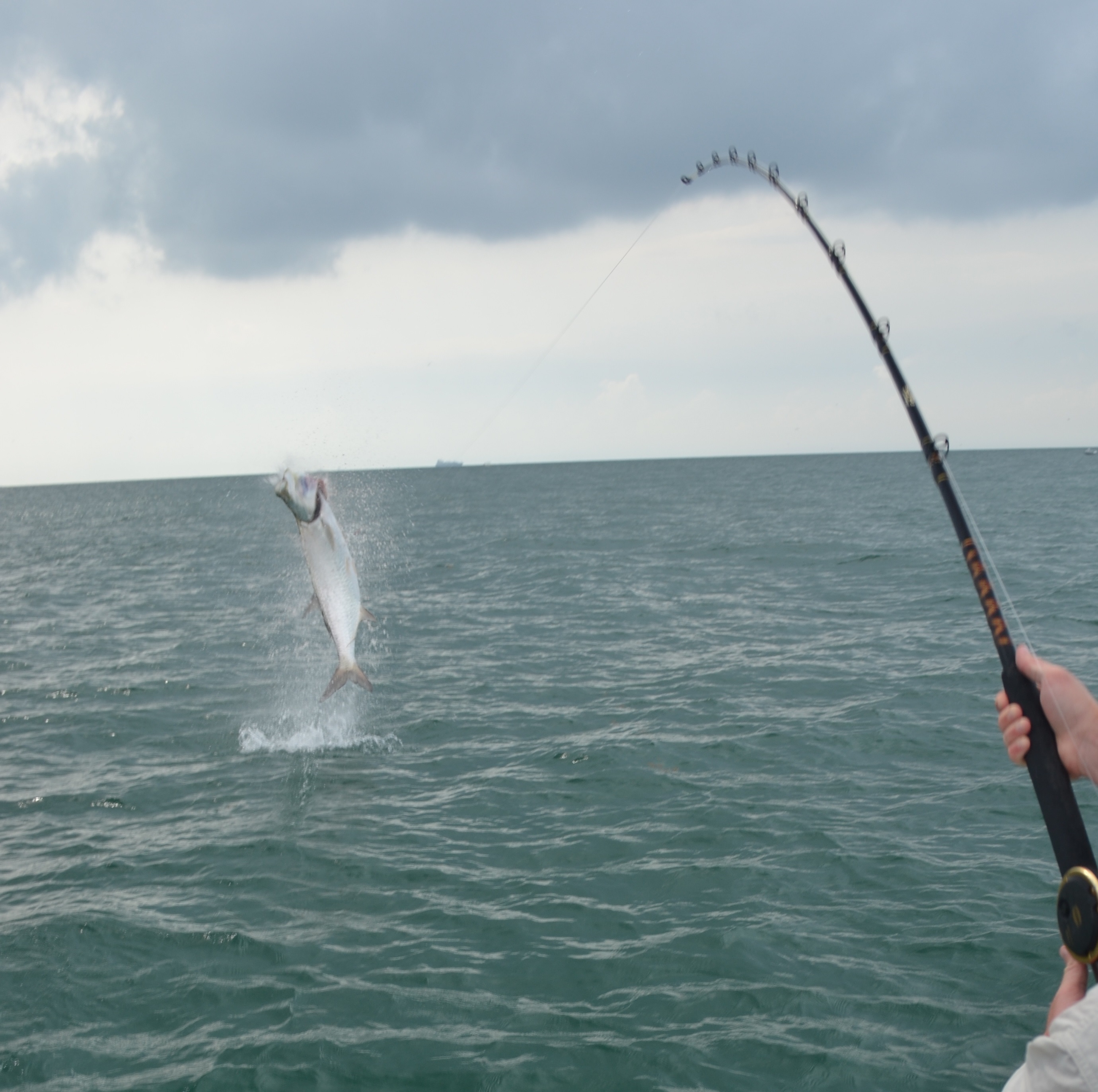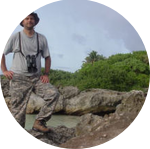About This Project
A new geochemical "tracking" technology is in development which allows inference of fish migration patterns from their scales. In order for this technique to be effective, the elemental variability in fish scales must be quantified. I aim to accomplish this by using spectral imaging techniques (x-ray analysis used in tandem with electron microscopy) on Atlantic tarpon scales.
Ask the Scientists
Join The DiscussionWhat is the context of this research?
Otoliths are bones in the ears of fish that can be chemically analyzed to infer age and movement patterns of fish with respect to their development and migration since the elements in an otolith reflect the surrounding water at the time of growth. Because all bony fish possess otoliths, otolith chemistry represents a powerful tool for those interested in fish ecology, and it holds significant advantages over satellite tracking. It does not require physical tagging of the fish of interest, thereby eliminating the complications associated with tag recovery. Additionally, otoliths are not vulnerable to "signal loss" like other devices are. Collection of otoliths, however, is lethal and there has been increased focus on finding alternative, non-lethal substitutes to otoliths, such as scales.
What is the significance of this project?
Atlantic tarpon has been dubbed "the silver king" by anglers because of the signature out-of-water acrobatics the fish displays when caught. Their reputation as a prized sport fish has brought billions of dollars to gulf-coast communities. Unfortunately, due to high fishing pressure and insufficient regulation, their numbers have declined significantly in recent decades. They are now listed as vulnerable under the IUCN Red List of Threatened Species.
Improved monitoring of Atlantic tarpon will help manage and conserve the species. Scale chemistry represents a non-lethal, efficient, and cost effective alternative to otolith examination and telemetry. This project will ultimately help recover the species, restore the fishery, and bring more commerce to gulf businesses.
What are the goals of the project?
My objective is to use electron microscopy to develop an elemental map: a description of where elements are located in tarpon scales, how concentrated they are, and how far apart they are from each other. This information can be used to infer migration patterns of the fish from which the scale was collected since there is a proportional relationship between water chemistry and scale chemistry. Unlike alternative techniques that can be destructive, labor intensive, and cost-prohibitive, this method requires that only one single scale be harvested from the fish of interest. Therefore, this method will provide a potentially valuable tool for fisheries managers and ecologists studying fish species that are difficult to catch, low in number, and/or of conservation concern.
Budget
The majority of my requested budget is allotted for electron microscope use. The local service core charges $57 per hour to use their scanning electron microscope (SEM), and I intend to use it for 15 hours. Before viewing any sample on the SEM, it is conventional to lightly coat the sample with a dense metal such as gold to enhance its visibility in the electron microscope (This process is known in industry as "sputter-coating"). Gold sputter coating costs $5 per sample, and I intend to prepare 15 samples this way.
Meet the Team
Team Bio
This project represents a fusion of my passion for sport fishing and physical science to introduce a unique approach to a solving classic puzzle in fisheries management. I have worked for the Alaska Department of Fish and Game collecting salmon escapement data in the field. I have also participated in a Research Experience for Undergraduates program at the University of Texas Marine Science Institute, conducting a 10-week independent research project on physiological water regulation in fish species red drum.
I've received limited funding from my home institution to perform my own undergraduate research, I am supported by a variety of faculty mentors that are leaders in their fields, and possess the lab experience that I know will be sufficient for me to reach my objective with this project. The one obstacle that prevents me from achieving my goal is the expense of electron microscopy; funding from experiment.com could help me complete this project.
Additional Information


Project Backers
- 19Backers
- 55%Funded
- $510Total Donations
- $26.84Average Donation


